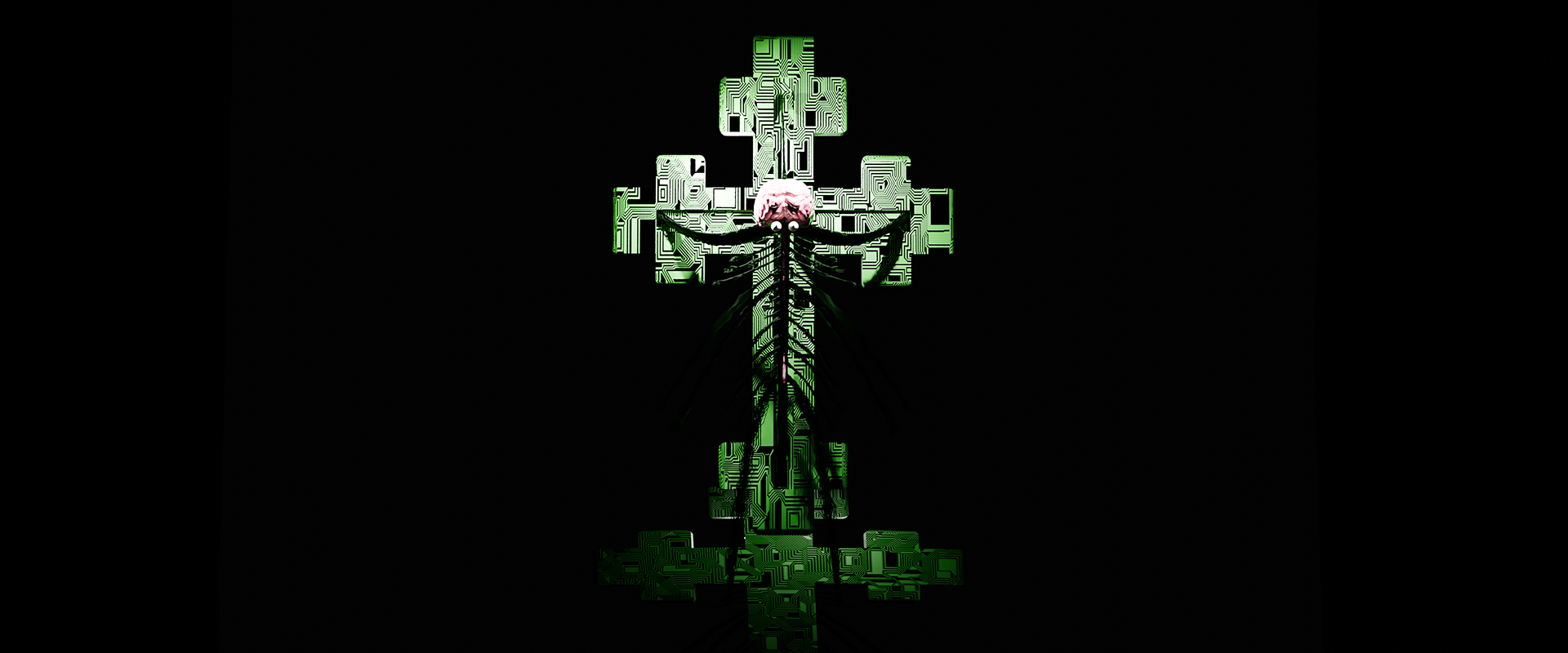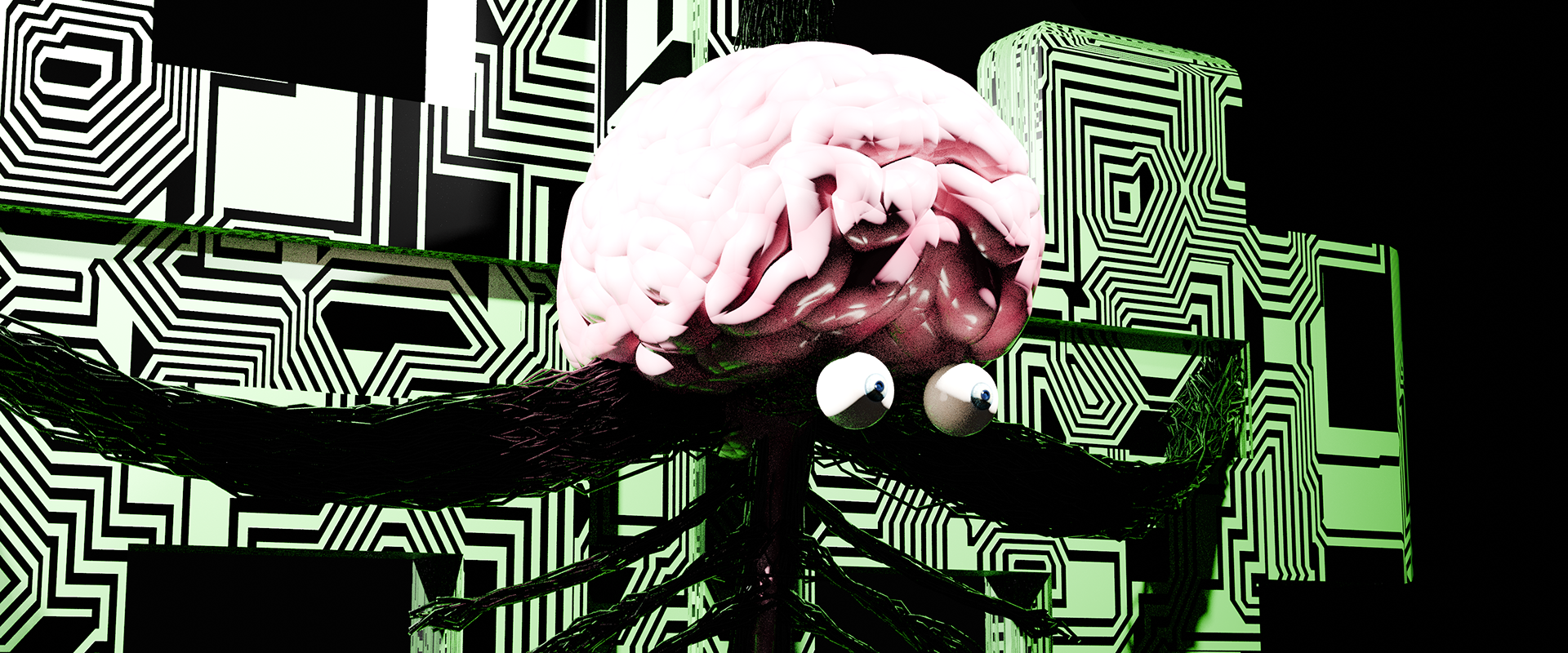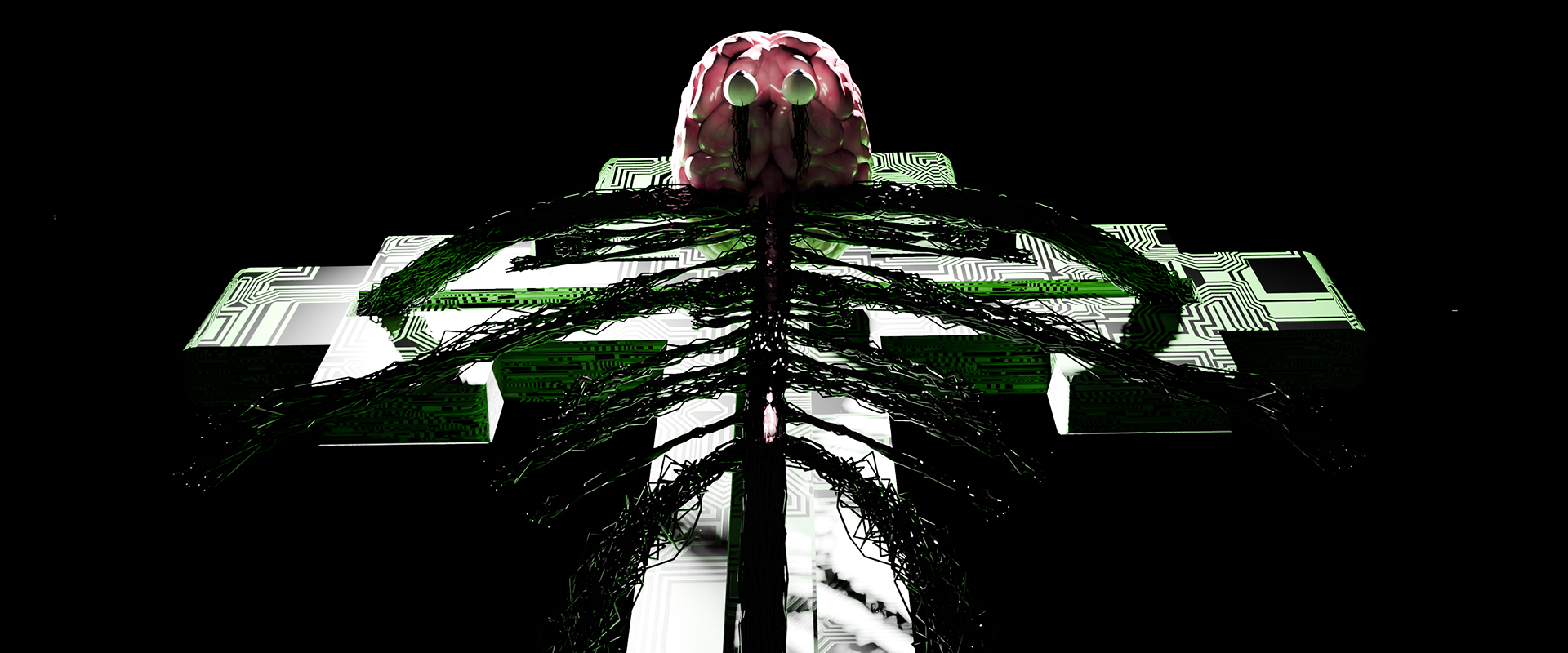At the core of this exploration lies the concept of apotheosis — the elevation of the human to
divine stature. In an era
where technology permeates every facet of existence, humanity finds itself at a crossroads,
grappling with the allure of
artificial transcendence. As our reverence for the spiritual wanes, we are seduced by the allure of
the mechanized,
relinquishing our mortal coil in pursuit of a godlike existence. This convergence of technological
prowess and human
ambition births a new pantheon, where the lines between deity and mortal blur. The prophetic musings
of Gilbert Harman
in 1973 echo through time, beckoning us to envision a future where the mind, unshackled from its
fleshy confines, melds
seamlessly with the digital realm.
Apotheosis serves as a visceral response to Donna Haraway's seminal work, "A Cyborg Manifesto," as
it embodies the very
ethos of hybridity and fluidity espoused within her text. Just as Haraway challenges traditional
boundaries between
human and machine, my exploration delves into the convergence of biological and technological
realms, blurring the lines
between the organic and the synthetic. By interrogating the notion of apotheosis and the potential
transcendence of the
human form through technological augmentation, apotheosis echoes Haraway's call for a
reconceptualization of identity
and agency in the postmodern era. Through the visual synthesis of neural networks and circuitry, it
embodies the cyborg
as a symbol of resistance against fixed categories and hierarchical power structures, inviting
viewers to contemplate
the possibilities of a liberated and fluid existence beyond the constraints of the corporeal body.
Front

Close Up

Bottom
